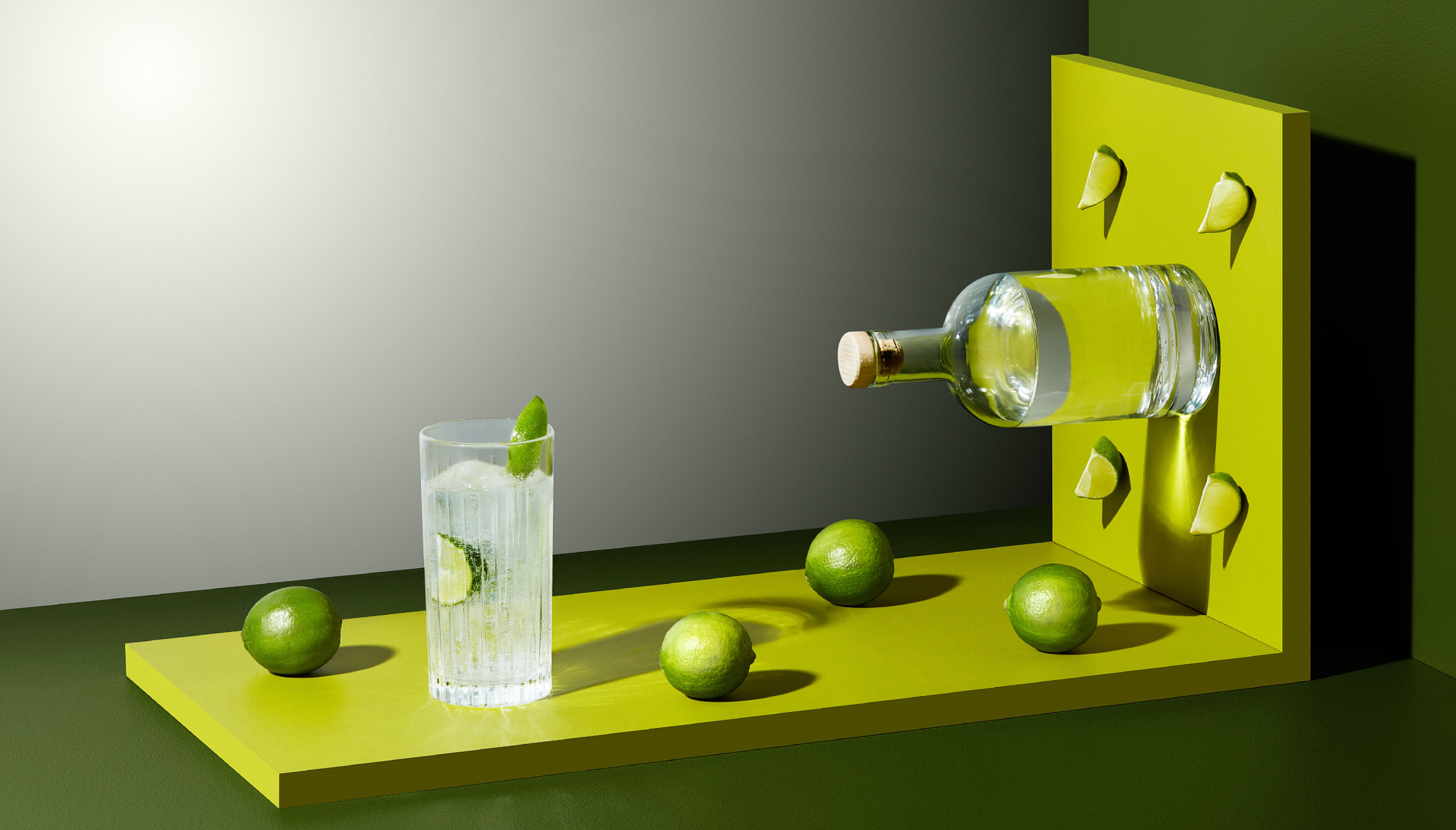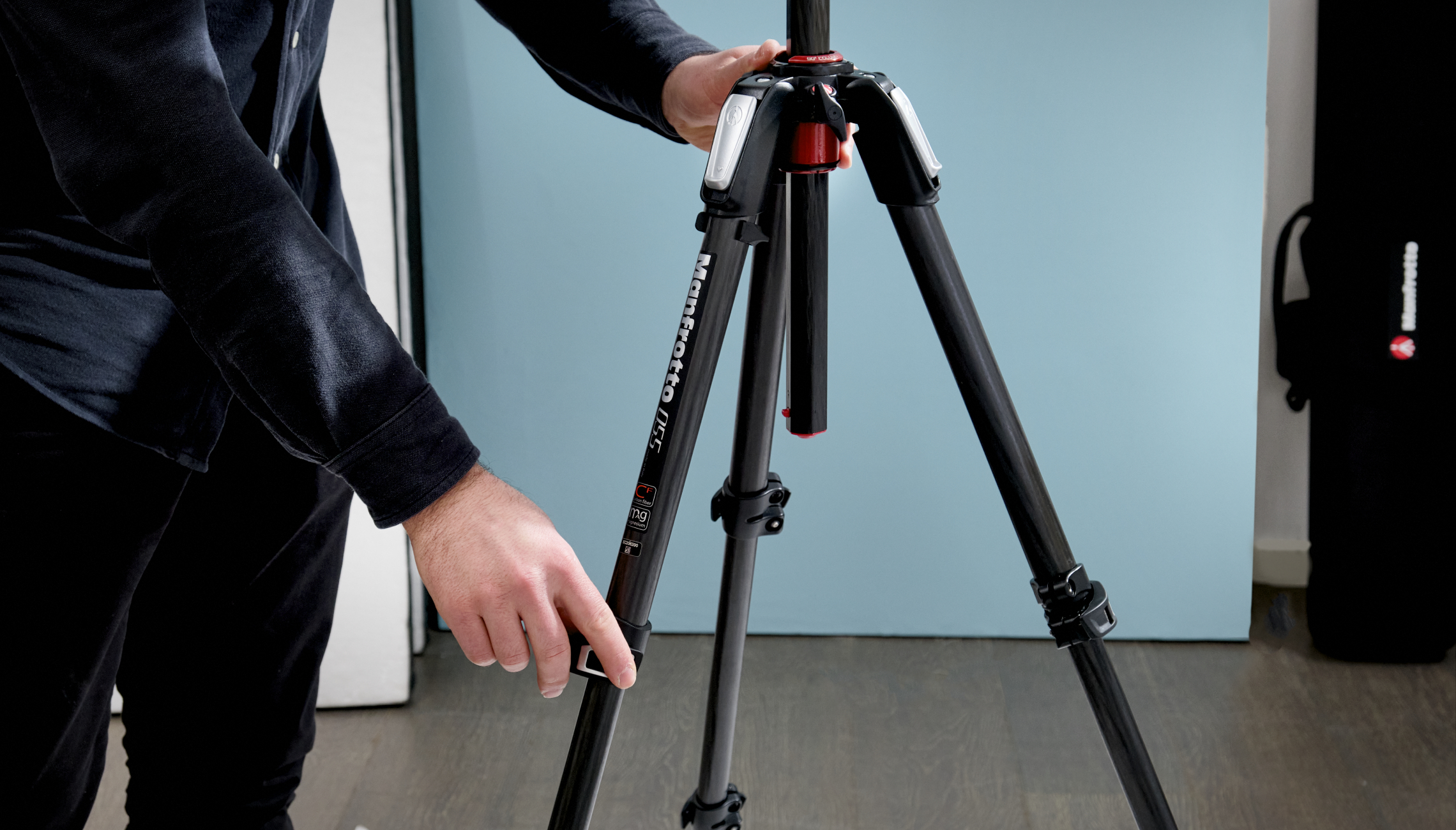An interview with David Lineton


Why did you gravitate towards Still Life out of all the different genres of photography?
Several reasons really but when I was starting out as a photographer I found myself being particularly drawn to the idea of "curating an approach". By this, I mean taking into consideration the composition of various elements within one image. Perfecting each element's potential to explore and expand the overall concept. Often, the components I wanted to photograph were inanimate. If they were animate subjects, I'd always end up considering their stillness and structural integrity. At university, I swam against the fashion and documentary crowd and taped into a much less saturated market. That invigorated the idea of going into still-life. On top of that, my keen interest in computers and post-production catered to this medium specifically, allowing me to apply those skills and develop my style of imaging on a bigger scale.
Can you tell us about your journey to becoming a professional photographer?
It all started by never wanting to put my camera down. Then on to university, in which my lessons in silver processing allowed me to understand exposure and overall analogue development. This drove me further into harnessing and perfecting my craft as a photographer. My art foundation and degree specifically allowed me to be fully immersed in this world which then catapulted me into assisting and studio work. I finally began shooting commercially which has now, thanks to continued study, great collaborations and personal development, evolved into the editorial projects I work on today.
Your profession is a journey that never ends, every day there is a new path and new accomplishments, and above all, new things to learn. How much of your time do you still spend learning and studying?
I think that as a photographer within a competitive and forever evolving, technological industry, it is important to stay nimble. Also to remain humble, allowing yourself to absorb and be reactive to briefs and collaborators. Three important things to always do: challenge what you think you know, understand your equipment inside out and push the boundaries of what's achievable in camera and post-production. I'm constantly learning, keeping my eye on environmental news and the latest technological developments that may improve my drive and conceptual ideas. An example of this is how I've developed my skills to include video because this is a requirement of professional photographers today. 360 degree content that considers all of our visual platforms.
Are there any specific photographers or artists that you would consider as your inspiration for your work?
My biggest inspiration is my environment. Preferably a more natural one as that's when my brain explodes creatively. But also architecture and skylines too, they can really inform my compositions. Natural light is something that often sparks an idea. I try to be innovative, often prompting me to be as objective as I can when observing other artists and photographers work. We are all impressionable so I look outside of the medium when searching for inspiration.


What are your favourite products/objects you enjoy photographing?
Diversity is key to my work evolving and feeling fresh. Demands keep you agile. Although we can plan there's always a reactive nature to this medium. Shooting within multiple genres allows you to drive your skills in each different aspect. I often shoot liquids and glass, jewellery and cosmetics. The requirements overlap but their uniqueness stretches your skillset as a photographer. Fragrances for example are often heavily concept-based, shooting precious metals and stones requires acute sensitivity to lighting and the polished surfaces of our subjects. I do really enjoy shooting glass bottles thanks to their consistency and how they can be backlit for extra presence.
As a Manfrotto Ambassador and Contributor, do you remember when you first used a Manfrotto product? And why did the Manfrotto range of products become a part of your everyday workflow?
Yes, I do. I bought my first Manfrotto tripod when I was a teenager and beginning my photography GCSE. I understood its value when it came to composure and considering shutter speed. It opened up a whole new world and was a clear first progressive step forward. From there on, the brand has always kept elevating my photographic process by providing solutions to my problem-solving needs. Especially in the studio, I'm adapting to the environment and Manfrotto is key in setting the frame, rigging and set.


How easy or difficult is it to find new clients? And which collaborations are you most proud of?
I wish there was a golden recipe but there isn't. My honest angle is to put out work that you love and feel passionate about because that in turn drives you as a creative. There's a lot of luck surrounding finding new clients but in my experience it's all about showcasing your abilities within initial conversations but also, checking in once in a while and showing commitment. I'm so honoured to have been involved in the work I've done up until now, but there's a project I did recently which commemorated a specific individual and their lifetime's work. I felt very humbled to be chosen as the photographer because the story is just so impressive and the product truly encapsulates that. The creative behind the concept was totally phenomenal and a joy to capture.
Just one last question, do you have any advice you would like to share with those who want to start a career as a professional photographer?
My main advice is to take images that please you as an individual. Craft your toolkit and skills to emphasise and perfect your personal work as a photographer. The resources are out there to get every single detail right. It's not just point and shoot, knowing the possibilities behind an image before taking it is what will allow you to excel. Don't get lost in impersonal gratification via social media. Take feedback seriously but when the journey gets tough, don't turn away from the seed of passion and pride that made you become a photographer in the first place.






























